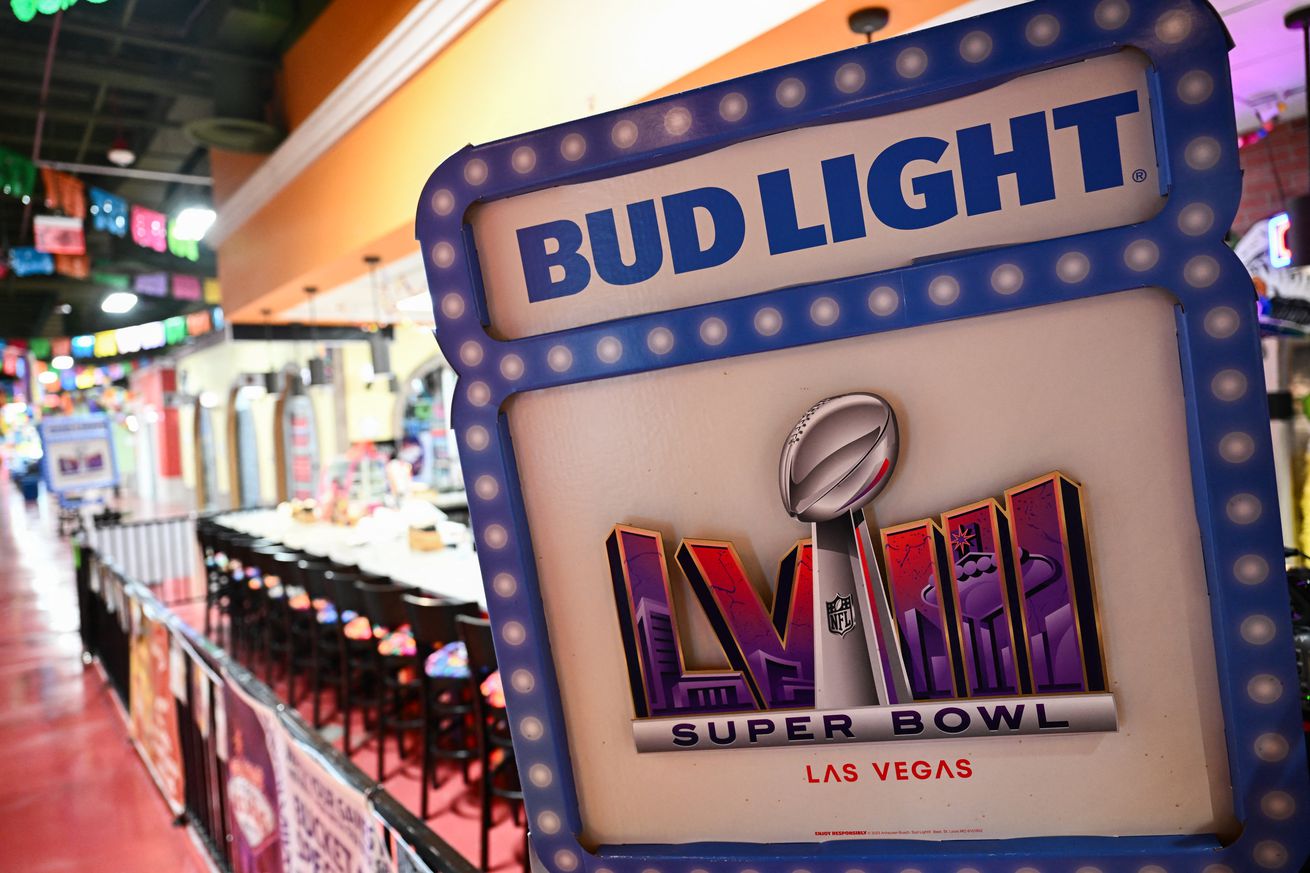Photo by PATRICK T. FALLON/AFP via Getty Images
Buying ad time during the Super Bowl isn’t cheap. Here’s what it’s running companies in 2024.
When Kyle Shanahan and the San Francisco 49ers take on Andy Reid and the Kansas City Chiefs in Super Bowl LVIII, there will be at least as many people watching for the spectacle around the event as those interested in the outcome of the game. From the various stars and performers associated with the halftime show and national anthem to the brands and celebrities clamoring for the spotlight, there’s a ton of eyeballs on the NFL in February.
Which always has advertisers salivating. The Super Bowl commercial hype has jockeyed with the game itself as the main event for viewers since the 1970s, to the point where people tend to talk more about the best ad they saw over the best play.
These ads are huge business for broadcasters, who command upwards of $7 million for a 30-second spot during the big game, according to The New York Times. Advertisers bring their best ideas and silliest cameos to the table — this year it’s CBS broadcasting the game — and pay handsomely to do it.
This is in line with last year, when the price jumped about half a million dollars from $6.5 million advertisers spent for the same slot in 2022. Advertisers tend to spend less money now than they did a year ago, but the price remaining the same for a Super Bowl commercial isn’t the least bit surprising.
Why do they spend so much?
Each and every year, advertisers put forward their “best” in hopes of snaring customers and generating lasting buzz, usually with a surprise celebrity bit or something agonizingly cute and/or sad. Put simply, the Super Bowl is a guaranteed opportunity to reach more people than any other on the calendar — over 114 million people watched the Super Bowl last year, and similar numbers should be expected this time around.
The advertising industry is responsible for funding dozens of other industries, including the one that provides all the sports and other media coverage you consume (for the most part). You’re bombarded with ads everywhere you go, and whether or not you are annoyed by that fact, it doesn’t change how impactful it can be for a brand to get their “best shot” in front of as many people as possible.
This is a trend that’s likely to continue, too. With more and more hit shows moving to and originating on streaming services, live events have become a major focus for advertisers. Live sporting events, concerts, and award shows are some of the main places they’re putting their attention and money. The Super Bowl remains the biggest draw.
What to expect this year
Get ready for lots of beer and soda ads, probably a whole bunch of weird stuff about mayonnaise, something depressing and upsetting from an insurance company, and not a single mention of cryptocurrency. In fact, tech as a whole will probably see a lot less mentioned this time around given the state of the industry.
Expect to see lots of celebrities, former athletes (Tom Brady and Arnold Schwarzenegger are already making headlines for their spots), and everything in between. Brands like Budweiser, Hellmann’s, Mountain Dew, and State Farm will all be featured, among others.
One thing to keep an eye on is how much influence Taylor Swift has on the advertising. While most of these spots were sold and finalized way in advance, there have to be some brands out there trying to capitalize on a specific audience that wouldn’t normally be watching the Super Bowl — namely, Swifties. Will we see any commercials pandering directly to them?
We’ll find out on Feb. 11.













